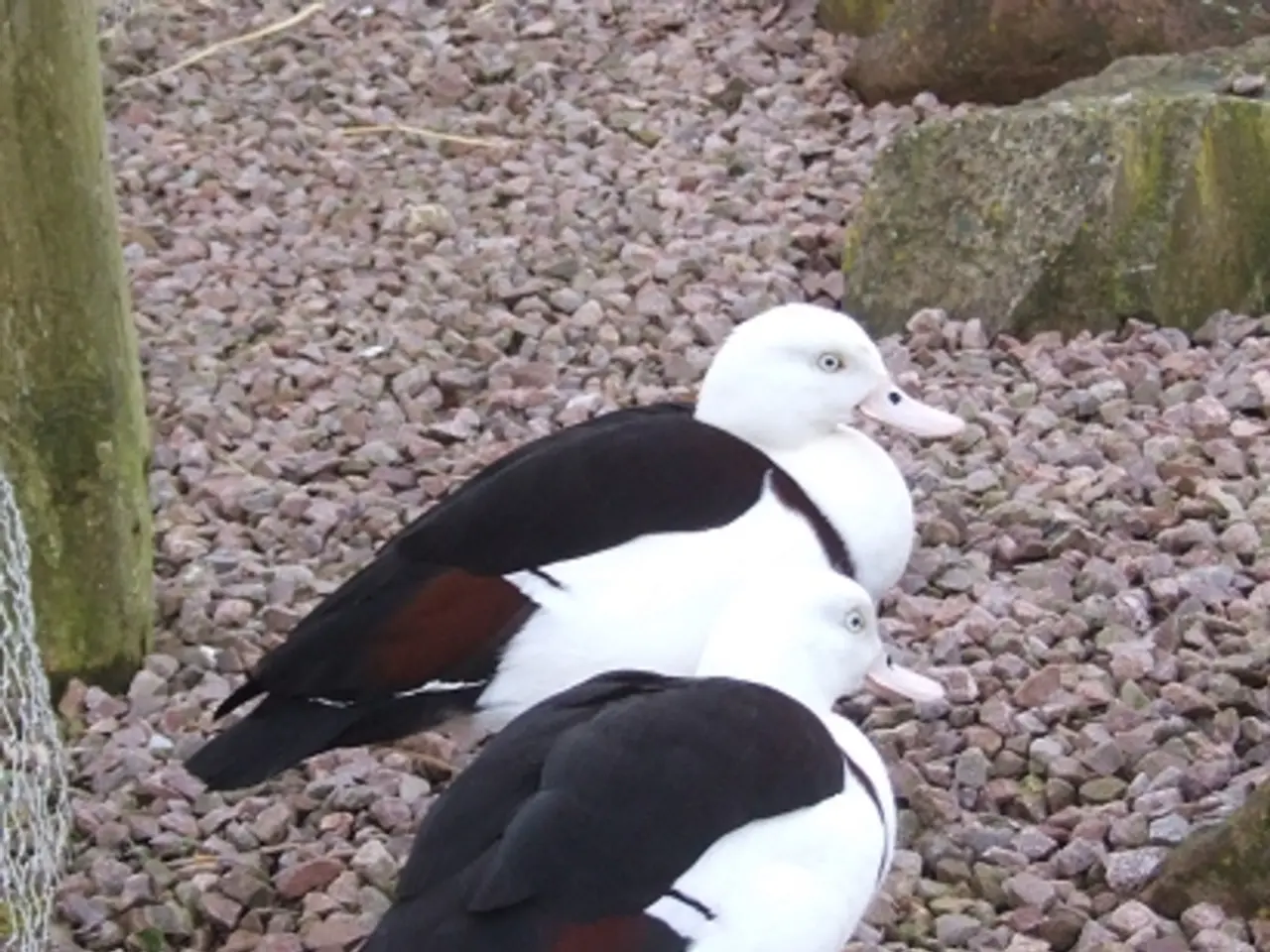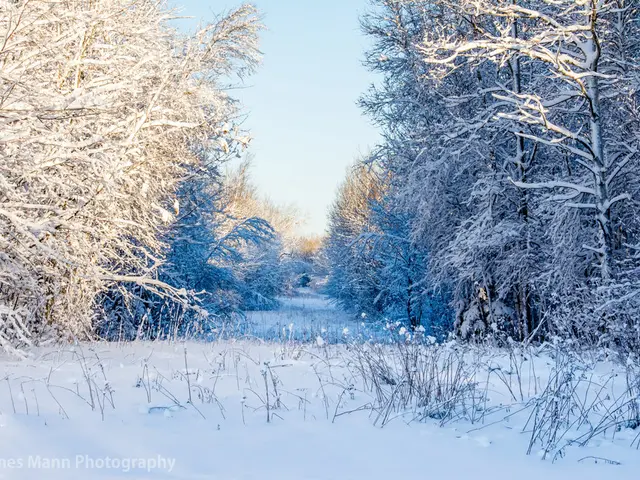Preferred Gravel Options for Gardens: Our Favorites Include Lighter, Darker, and Coastal Picks
In the realm of landscaping, garden gravel has proven to be a popular choice for both its aesthetic appeal and practical benefits. This humble material, available in various colours and shapes, can transform any outdoor space into a stunning oasis.
Pea gravel, smoothed and shaped by water, is a common choice due to its colour variation within individual stones and comfort underfoot. Suitable for high-traffic areas, drainage, and pipe bedding, it is an ideal choice for pathways and areas with frequent usage.
For a softer appeal, limestone gravel offers a versatile option with a wide range of colour options and sizes. It is perfect for pathways, rockeries, ornamental water features, and adding a touch of elegance to garden corners.
Marble gravel, with its lighter colours and polished look, is another popular choice, especially for those seeking a smoother finish. On the other hand, slate gravel, available in shades of bluey-grey and black, offers a more distinctive look and is suitable for covering flower beds or edging areas.
When it comes to driveways, a harder material such as granite or flint is recommended due to its size (10-18mm) and durability. Softer limestones and sandstones may not be the best choice for this high-traffic area.
For those building a bowling alley in the garden, crushed gravel (Gravette) with a grain size of around 0-8 mm is recommended for a stable and smooth base.
Decomposed granite, hoggin, or self-binding gravels, a mix of finer grits and gravels, can be compacted down to form a stable surface. This permeable and natural-looking material works well for pathways and sloping paths.
It's important to note that gravel will migrate, so an edging is recommended to contain it within an area. Landscape fabrics or weed control matting can help with stabilization of the soil beneath the gravel and act as a separation layer, especially for driveways, pathways, and weed-free gravel areas.
In areas prone to poor drainage, gravel can help by improving drainage or even becoming a feature in itself, such as in rain gardens and bioswales. Shell gravel, waste shells that work well as a decorative mulch around plants or for areas of path or patio, is particularly suitable for coastal gardens.
Rubber gravel, while not decorative, can be used for utilitarian surfaces such as play areas or allotment pathways. For areas needing extra strength, basalt is a good choice.
Gravel is not only visually appealing but also cost-effective and water permeable. It can define a seating area without the worry of considering accurate levels and drainage. Additionally, gravel around plants helps water drain away from soil surfaces, while also providing a mulch that prevents moisture evaporating too readily.
Whether you're looking to add a touch of elegance to your garden, create a functional play area, or improve drainage, gravel offers a versatile and cost-effective solution. With its wide range of shapes, sizes, and colours, there's a gravel to suit every need and taste.
Read also:
- Peptide YY (PYY): Exploring its Role in Appetite Suppression, Intestinal Health, and Cognitive Links
- Toddler Health: Rotavirus Signs, Origins, and Potential Complications
- Digestive issues and heart discomfort: Root causes and associated health conditions
- House Infernos: Deadly Hazards Surpassing the Flames








